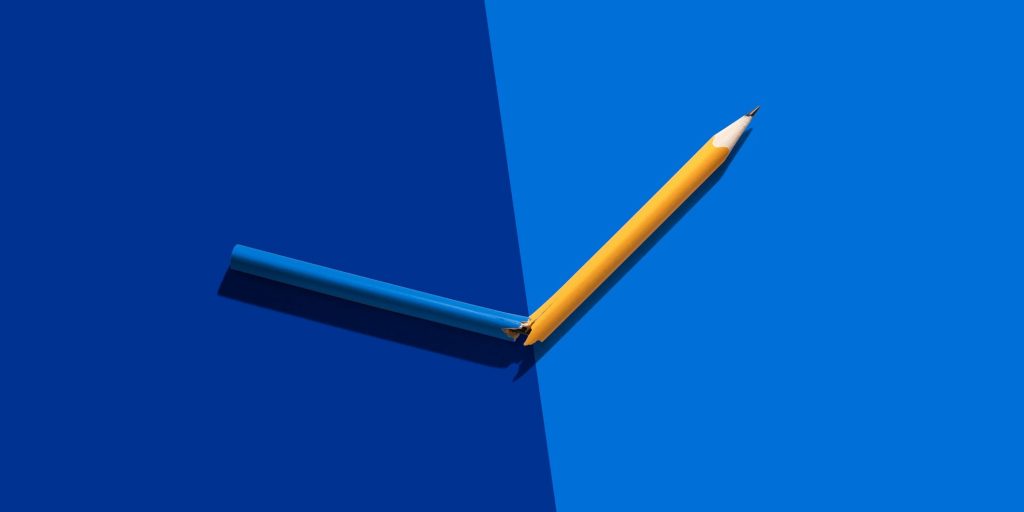- The economy is weighing on Americans differently, depending on your income.
- It's showing up in company earnings, as brands report lower income shoppers cutting back while luxury thrives.
- It all points to another iteration of the K-shaped economy.
As fears of a recession heat up, the economic situation for Americans is going one of two ways.
It's showing up in recent company earnings, measures of consumer debt, and data on who lives paycheck to paycheck. Low income shoppers are cutting back and relying on credit cards, while their wealthier peers are still splurging on vacations and luxury items.
Simon Property, the largest owner of US shopping malls, said Monday that it's seeing JCPenney shoppers rein in their spending while others continue to spend at higher-end stores like Brooks Brothers.
At Molson Coors, more beer drinkers are flocking to cheaper brands like Keystone Light and Miller High Life, but there's been strong demand from others for pricier drinks like Blue Moon and Peroni.
At Chipotle, the typical low-income consumer "definitely has pulled back their purchase frequency," CEO Brian Niccol said. But high-income customers have been ordering more often.
McDonald's CFO said that the company was "seeing customers, particularly lower-income customers, trade down to value offerings and fewer combo meals."
Meanwhile, more people are racking up credit card debt, searching out cheaper brands, and picking up extra work, such as driving for Uber.
Delta on the other hand, is seeing more demand for premium tickets, presumably from wealthier fliers.
"I think what we're seeing is a bit of a bifurcation," Kohl's CEO Michelle Gass said this past May. "So we are seeing some customers who are trading up into those more premium brands and a lot of the newness we've brought in, like Calvin and Tommy, brands like Hurley, etc., Levi's. And then you also see though a lot of customers going to the private brand."
Americans are living in 2 parallel economies
While the wealth divide has only widened over the last few years, early pandemic-era policies provided a brief reprieve. Expanded unemployment benefits, three rounds of stimulus checks, an eviction ban, and low interest rates helped some lower-wage workers get ahead. All of these have now ended, however.
For lower income Americans, the days of the labor shortage — in which jobs were abundant and everyone was quitting for higher pay — are numbered. Job openings are ticking down, unemployment claims are ticking up, and inflation remains near record levels, wiping out much of their earnings gains.
In June, 61% of Americans were living paycheck to paycheck, per a LendingClub report, — a number that's ticked up in recent months as average savings have fallen. While most borrowers remain well-positioned to make payments, this is becoming much more challenging for lower-income households than those making more than $50,000 annually, per data from the New York Fed.
Wealthier Americans seem to be doing just fine. While inflation is a nuisance, many have enough savings built up to continue spending, and given the unemployment rate remains low, most can rely on a steady source of income.
It all points to another iteration of the K-shaped economy, in which two separate narratives are unfolding among low-income and wealthy spenders. As the economy continues to slow, Americans' quality of life will depend on — perhaps more than usual — which side of the narrative they're on.
